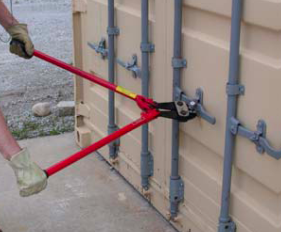Help Center Article
Delivering FCL to a Residence: What You Need to Know
If you're planning on delivering a full container to a residence, note that additional considerations are necessary and additional fees may apply. Some residences may not be able to accommodate a full container.
Delivering FCL to a Residence: What You Need to Know
Delivering FCL (full container load) to a residence requires additional considerations and fees:
The trucker may charge a residential delivery fee for delivering to a residential area.
If the residence isn’t able to accommodate a full container, or if the delivery address is more than 100 miles away from the ocean port, your shipment will need to be transloaded. The FCL shipment will be transloaded into an FTL (full truck load) or LTL (less than truckload), and the process will require additional transit time and incur transloading costs.
Options for unloading a full container at a residential location are limited. Since the delivery location won't have a loading dock and a liftgate can't be attached to a container, the container will have to be unloaded by hand (or with a forklift, if the residence has one). The container can either be live-unloaded or for an extra cost, a drop and pick can be arranged.
If you are NOT required to transload, then the FCL shipment will need to be unloaded by hand when it is delivered. Most clients hire assistance to unload the container during the free waiting period.
If you need the trucker’s help to unload the container, you will incur a delivery labor fee.
If the trucker helps you unload and transports the cargo to an indoor location, you will incur an inside delivery fee.
Because Flexport is CTPAT certified, all shipping containers moving with Flexport are sealed with a single-use high security seal. A pair of bolt cutters will be needed to open the sealed container.

Bolt cutters breaking the seal on a container
